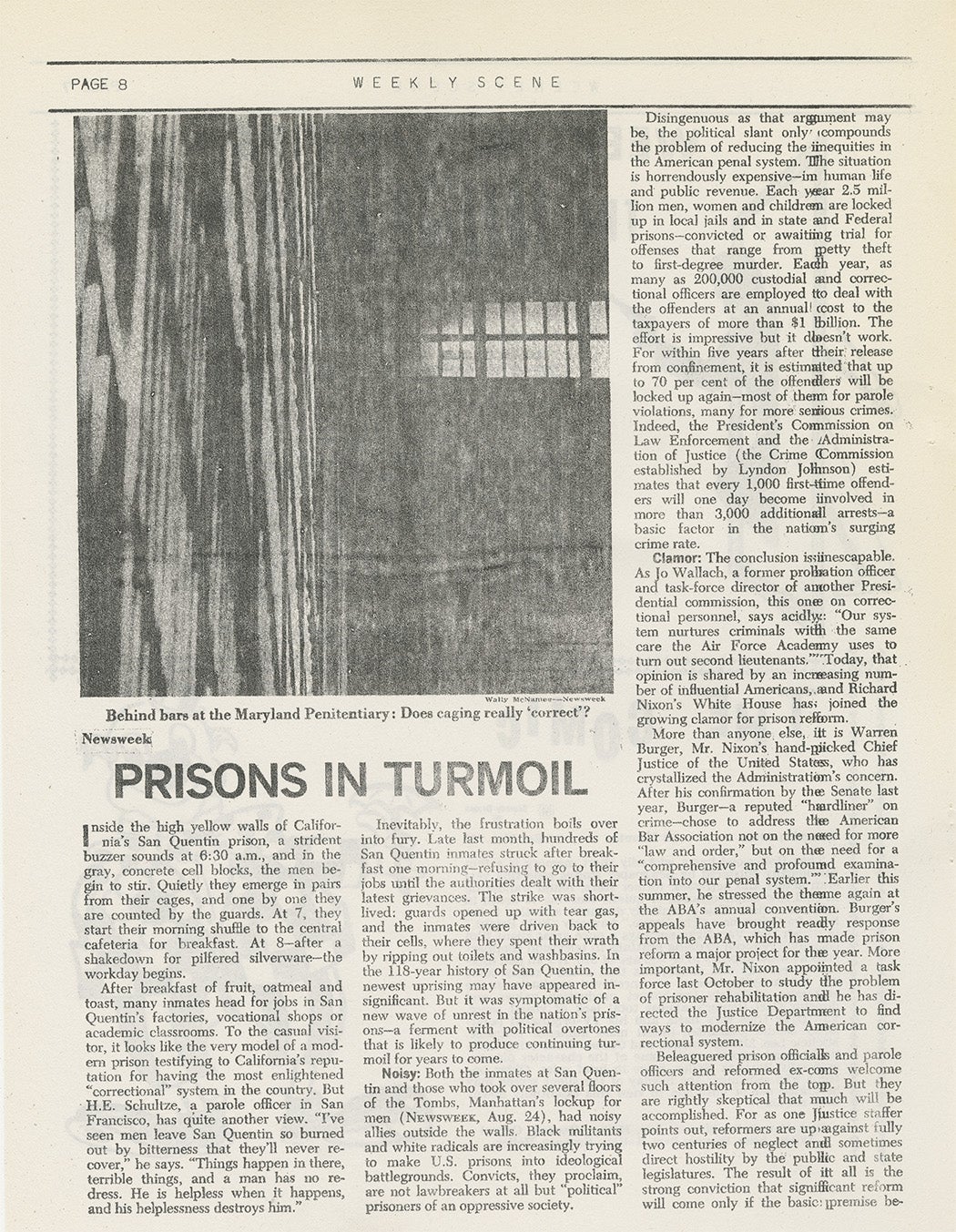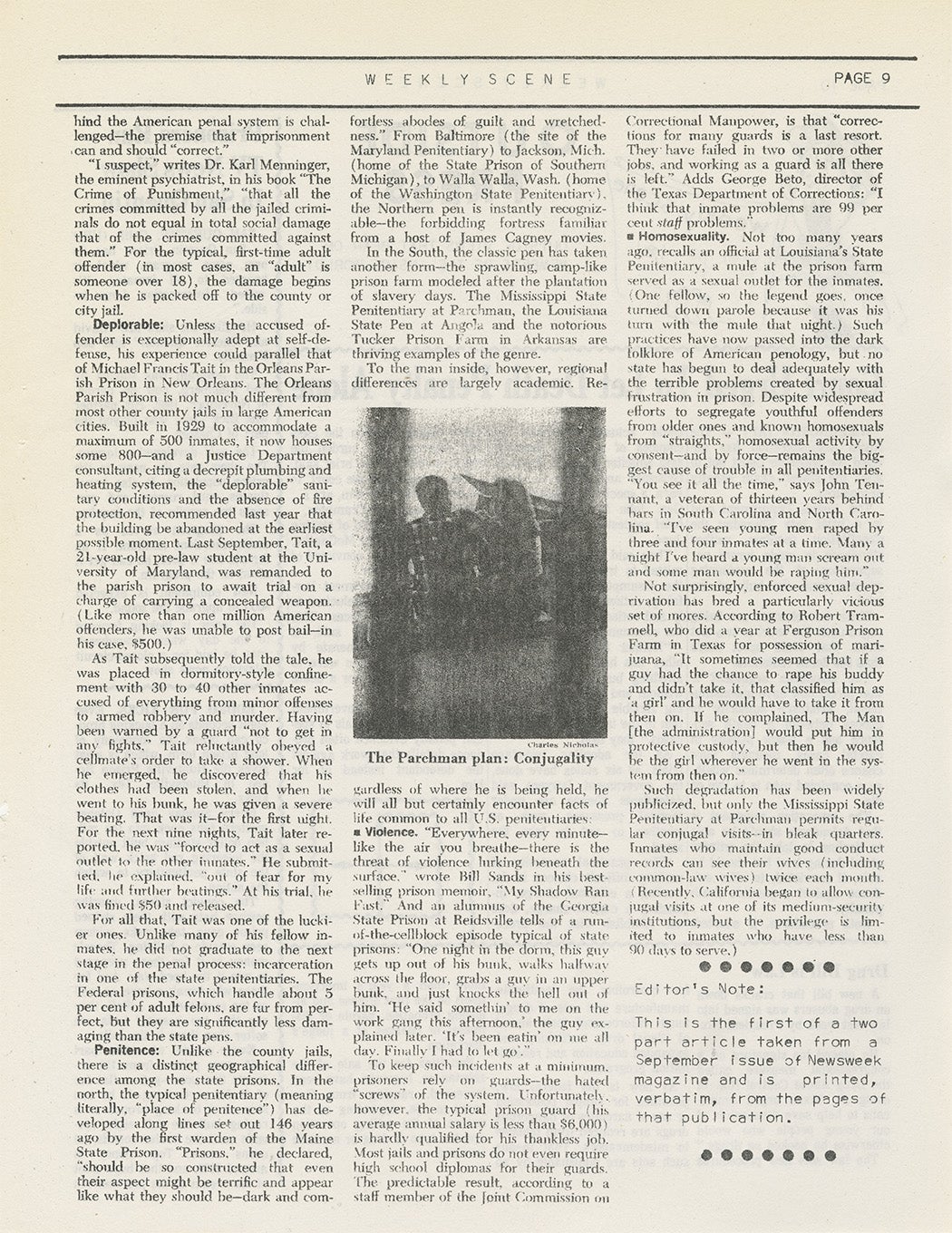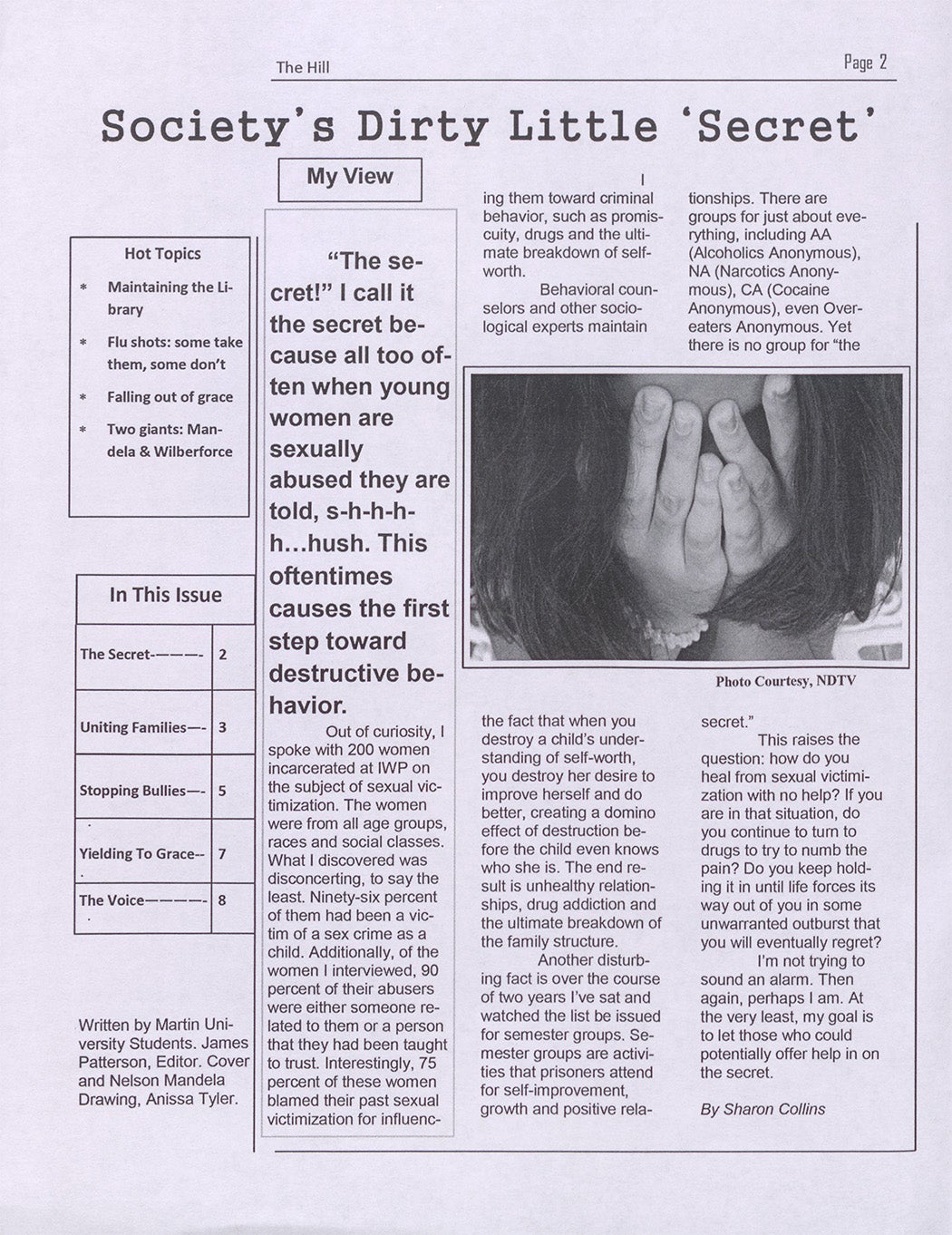Crime Victims’ Rights Week has been celebrated every April since 1981. The rise of the victims’ right movements transformed the criminal justice system, leading to legislative changes in all 50 states and the federal government. The crime victims in question are most often those who are pressing charges against someone who has harmed them, with their rights being derived from the criminal justice system.
In 1970, Spiro Agnew stated that “the rights of the accused have become more important than the rights of victims in our courtrooms.” Defendants have rights, as enshrined in the constitution. Since the 1980s, victims do, too.
The movement was an unlikely alliance between conservatism and feminism, with punitiveness blending with women’s rights to be protected from sexual and domestic violence. With jurors, judges, and attorneys being all-male for the majority of the nation’s history, it is undeniable that women’s rights were trampled and abuses against them overlooked. Reversing centuries of bureaucratization and the stripping of emotion from legal proceedings, the victims’ rights movement introduced victim impact statements and emphasized psychological and emotional harm in courts of law.
The victims’ rights movement is thriving, yet victim in this sense is interpreted selectively.
Despite the Prison Rape Elimination Act which went into effect in 2003, the rate of sexual assault in prison is estimated to still be high. Because of the disproportionate rate of incarceration among Black men, they are particularly affected by this type of victimization. Even indirect exposure to sexual violence, such as by hearing or witnessing an assault, is correlated with a multitude of negative health outcomes in addition to being a traumatic stressor.
In one 1996 study, a full 20% of respondents at one Midwestern prison had been pressured or forced into sexual contact at least once, with about half of those cases constituting rape. If 10% of people in prison are sexually assaulted, it holds that when taken with the country’s high incarceration rate of the nation, the United States has the largest male rape survivor population in history.
A 1970 issue of The Weekly Scene out of Connecticut republished a Newsweek article and stated the problem bluntly. A 21-year-old pre-law student was confined to the Orleans Parish Prison, unable to pay his $500 bail, and was subsequently gang raped over the course of more than a week. While the 52-year-old article frames some of the issues of prison rape around “homosexuality,” it otherwise accurately conveys the brutality of prison.
The dichotomy between criminal and crime victim blurs when looking at women in prison. A 2014 issue of The Hill out of the Indiana Women’s Prison conducted an informal survey of sexual victimization. Of the 200 survey respondents, 96% had been sexually victimized as children. Of those, 90% of the abuse occurred not by a stranger but by a relative or other adult they’d been taught to trust. Sharon Collins, the author and survey administrator, laments the fact that Narcotics Anonymous and Alcoholics Anonymous are widely available but there is no treatment available for the women to heal from their traumas. “If you are in that situation,” Collins asks, “do you continue to turn to drugs to try to numb the pain?”
“For women with previous histories of abuse, prison life is apt to simulate the abuse dynamic already established in these women’s lives, thus perpetuating women’s further revictimization and retraumatization while serving time,” writes Danielle Dirks in the Women’s Studies Quarterly.
While those already in prison are not often the focus of Crime Victim’s Week, psychiatrist and author of the book The Crime of Punishment Dr. Karl Menninger is quoted in the 1970 article as saying, “I suspect that all the crimes committed by all the jailed criminals do not equal in total social damage that of the crimes committed against them.”
Dr. Menninger’s musings may be decades old but they remain relevant. “And there is one crime we all keep committing, over and over. … We commit the crime of damning some of our fellow citizens with the label ‘criminal.’ And having done this, we force them through an experience that is soul-searing and dehumanizing.”
In his 1990 New York Times obituary, his psychological ethos is distilled to “prevention.” He felt that much crime and mental illness could be prevented by altering people’s social environment and providing them emotional support, especially in childhood.
Weekly Newsletter
“Most of my life has been spent in treating persons one by one. But as I become increasingly aware of the extent of misery and hopelessness in our society, I think more of preventing unnecessary suffering at the source, before individuals take or are forced to take the wrong road.”
Dr. Menninger’s accusation is bold: the crimes committed against those in prison are more damaging to society than all the crimes they committed to land in prison. While Crime Victims’ Rights week can sometimes be positioned as in conflict with the rights of those in prison, those two demographics may overlap more than is commonly recognized.










